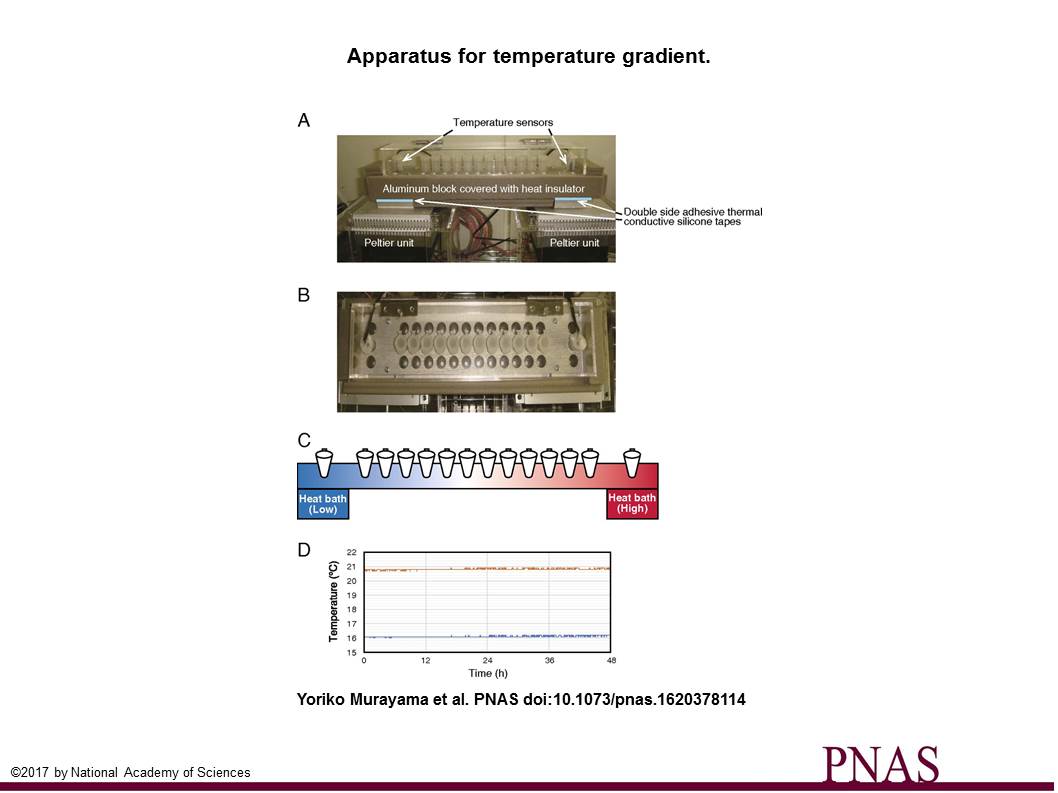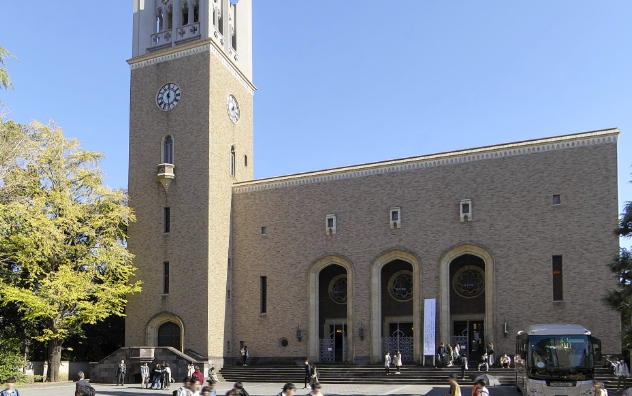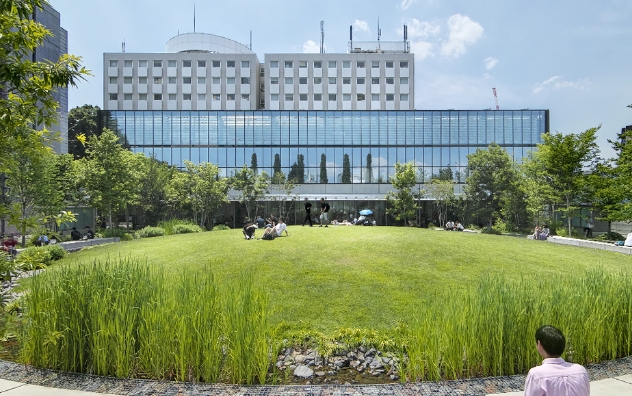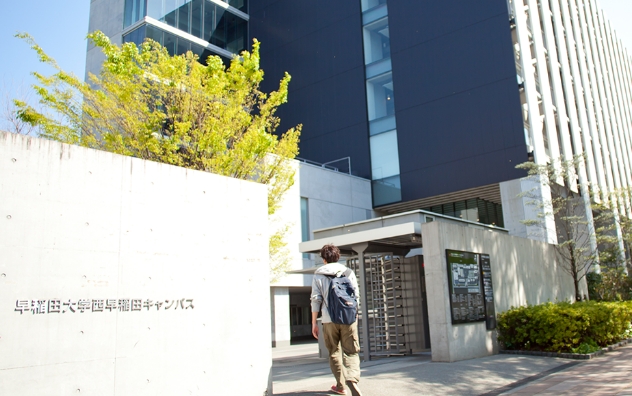How to fix a damp circadian rhythm with “swing” physics
Sat, Jun 3, 2017-
Tags
Understanding circadian rhythm at low temperatures
A group of researchers revealed the mechanism of how cold temperatures stop biological rhythms of living organisms known as the circadian rhythm. This study was published in Proceedings of the National Academy of Sciences of the United States of America (PNAS).

Two alternative scenarios explaining the low temperature-induced arrhythmia of the circadian clock
Circadian rhythms are constant repetitive physiological processes within a 24-hour period in most organisms. For example, humans wake up around the same time every day in the mornings, and some flowers bloom at a certain time of the day. Although a loss, or “damp” scientifically speaking, of such circadian rhythm at low temperatures has been reported among many plants and poikilothermic animals, which maintain thermal homeostasis such as frogs, the exact reason why this happens is unclear. Because temperature affects all kinds of biochemical reactions in cells, distinguishing what is directly linked to rhythm loss is a challenge.
“Instead of determining what actually causes loss of circadian rhythms, we tried to understand this phenomenon with math and physics,” explains Hideo Iwasaki, professor of cell biology at Waseda and member of the research group.
In the field of nonlinear dynamics, studies on distinctive features of how oscillation starts and stops have been carried out, and the patterns have been classified into different types. When organisms are exposed to reduced temperatures, the loss of circadian oscillation could be understood with the Bifurcation theory. Bifurcation refers to a sudden change induced by a small change in the parameters of a system, which would be temperature in this case. Two typical scenarios of bifurcation could explain the disappearance of oscillation: Hopf bifurcation and saddle-node on an invariant circle (SNIC) bifurcation. In Hopf bifurcation, oscillation decreases and eventually becomes zero, resulting in the loss of rhythm as temperature decreases. SNIC bifurcation involves the arrest of oscillation, in which oscillation terminates at a certain phase.
Because the qualitative differences between these two bifurcations are so subtle, researchers chilled the simplest circadian oscillator of cyanobacteria reconstituted in a test tube to identify the bifurcation type of circadian rhythms. They discovered that although the cyanobacterial clock showed strong oscillation at room temperature, it gradually slowed down as the temperature decreased and stopped below 19°C. Such characteristic classifies circadian rhythms to be a Hopf bifurcation.

Apparatus for temperature gradient
Professor Iwasaki says to imagine a child on a swing for better illustration of what Hopf bifurcation is. “When the child is swinging, the oscillation continues, which is analogous to circadian rhythm of cyanobacteria at room temperature. Yet, when the child stops swinging, the swing slows down and eventually stops. This is similar to what happens to the cyanobacterial oscillation as temperature decreases.”
From this finding, the group decided to experiment. Referring back to the swing example, even when the swing is no longer in motion, if the child on the swing is pushed at the right timing repeatedly, it becomes possible to gain amplified oscillation again, no matter how small the force might be. Accordingly, the researchers figured the same would apply for circadian rhythm.
When they increased the temperature from 16°C to 18°C of a cyanobacterial circadian oscillator, it exhibited resonance, which was thought to never happen at low temperatures. Furthermore, the researchers performed a numerical simulation and found that resonance amplified oscillation of circadian rhythm of cyanobacteria.
“Our findings suggest that resonance is a way to manage circadian rhythm of organisms, including humans. In the future, it may be possible to apply this research so that we can live healthier lives.”
Reference
- Title: Low temperature nullifies the circadian clock in cyanobacteria through Hopf bifurcation
- Published in: Proceedings of National Academy of Sciences USA, published ahead of print May 17, 2017
- Authors: Yoriko Murayama, Hiroshi Kori, Chiaki Oshima, Takao Kondo, Hideo Iwasaki, Hiroshi Ito













